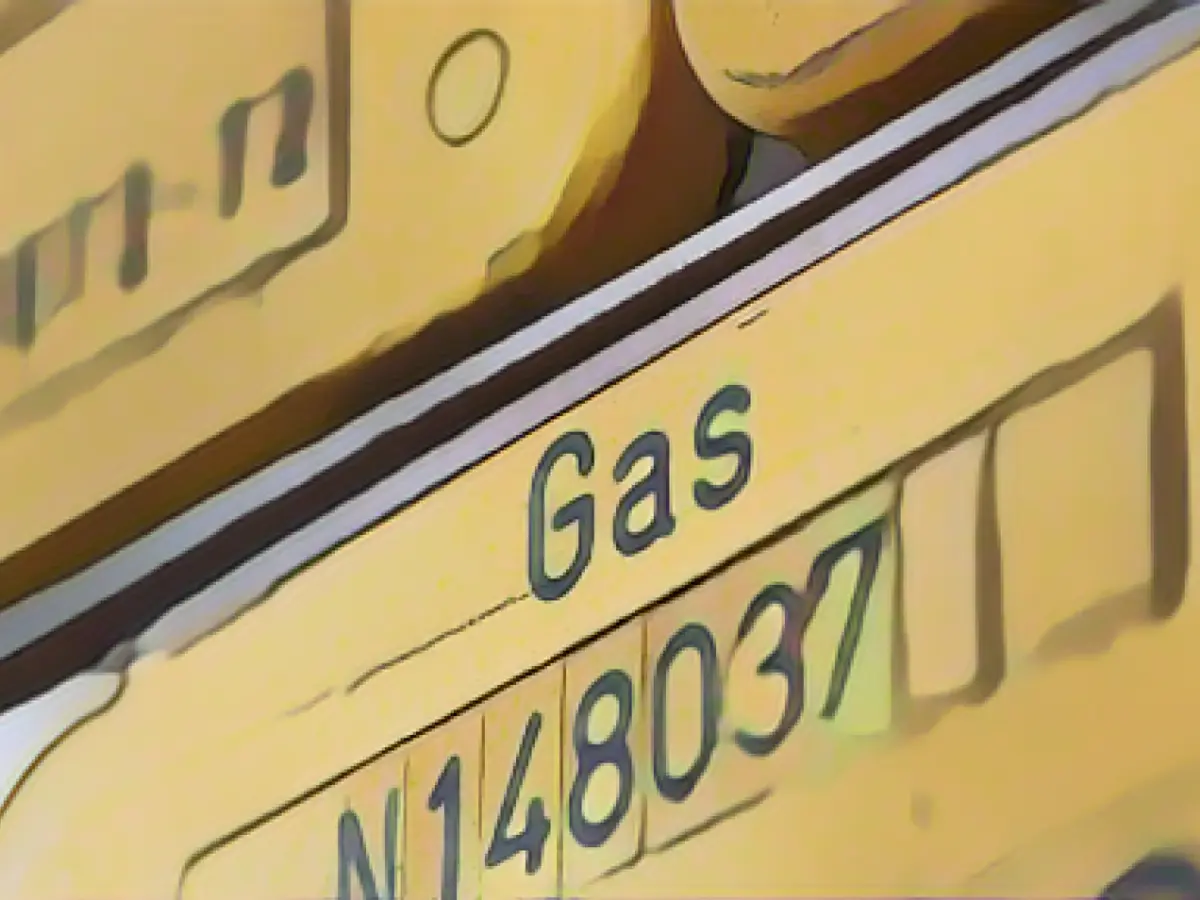How can a bustling city like Frankfurt ensure energy-efficient heating in the future? The Hesse capital has recently unveiled a concept study for municipal heat planning, outlining the current heating situation, potential district heating expansions, and the best climate-neutral and cost-saving technologies for various city districts.
Frankfurt, with a population above 20,000, is now legally bound by the Hesse Energy Act to develop a municipal heat planning framework, aiming to meet its energy and climate objectives.
The city has already made significant strides in its energy transition, expanding its district heating network, promoting local heating areas, and advocating for photovoltaic systems expansion.
To further this effort, Frankfurt established a "Municipal Heat Planning Task Force," collaborating with local authorities. The concept study suggests focusing on renovating energy-intensive buildings, exploring geothermal potential, and leveraging waste heat from data centers to improve energy efficiency and reduce heating costs.
While the primary sources of heating in Frankfurt still rely on fossil fuels, the forthcoming climate-neutral energy supply conversion presents a significant infrastructure challenge. According to Rosemarie Heilig, Head of the Environment Department, this may be one of the century's most significant and costly tasks.
According to the concept study, potential strategies and technologies for climate-neutral and cost-effective heating in Frankfurt include:
- Harnessing industrial exhaust heat, like Aurubis AG in Hamburg, which uses the system to extract and utilize excess heat, benefiting over 6,000 households and reducing carbon emissions by 100,000 tonnes annually.
- Implementing river heat pumps, such as in Mannheim, to extract heat from rivers, supplying large quantities of climate-neutral heat to district heating networks.
- Building heat storage systems, like the Tiefstack energy park in Hamburg, retaining heat for a stable supply and minimizing potential disruptions.
- Constructing power-to-heat plants, like the one at the Tiefstack energy park, converting electricity into heat, and feeding it into the district heating network.
- Expanding and converting district heating networks to renewable energy sources, catalyzing a shift towards climate-neutral heating by 2045.
- Employing innovative technologies, like intermediate absorbers, enhancing heating efficiency and reducing costs.
- Securing financial support and subsidies from institutions like KfW and the Federal Ministry for Economic Affairs and Climate Action (BMWK), fostering a conducive environment for companies to convert their plants, transport heat directly to residential areas, and implement these strategies more affordably.
By adopting these strategies, Frankfurt aims to revolutionize its heating sector, promoting energy efficiency, cost savings, and a transition towards climate neutrality by 2045.




